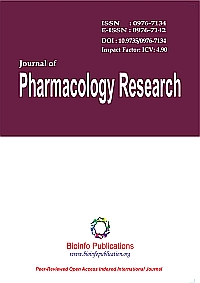.jpeg)
“Delta-9-tetrahydrocannabinol (THC)/cannabidiol (CBD) oromucosal spray (THC/CBD, Sativex®, nabiximols) is available in numerous countries worldwide for the treatment of multiple sclerosis (MS)-related moderate to severe spasticity in patients who have not responded adequately to other anti-spasticity medication and who demonstrate clinically significant improvement in spasticity-related symptoms during an initial trial of therapy.
Twelve weeks’ therapy with THC/CBD improved MS-related spasticity in patients with an inadequate response to other anti-spasticity agents who had undergone a successful initial trial of THC/CBD therapy, according to the results of a pivotal phase 3 trial.
Improvements in spasticity were maintained in the longer term with THC/CBD with no evidence of dose tolerance, and results of real-world studies confirm the effectiveness of THC/CBD in everyday clinical practice.
Improvements in health-related quality of life and activities of daily living were also seen with THC/CBD.
THC/CBD is generally well tolerated; adverse effects such as dizziness may occur whilst the THC/CBD dosage is being optimized.
THC/CBD has low abuse potential and a low risk of psychoactive effects.
In conclusion, THC/CBD oromucosal spray is a useful option for the treatment of MS-related spasticity not completely relieved with current anti-spasticity medication.”







